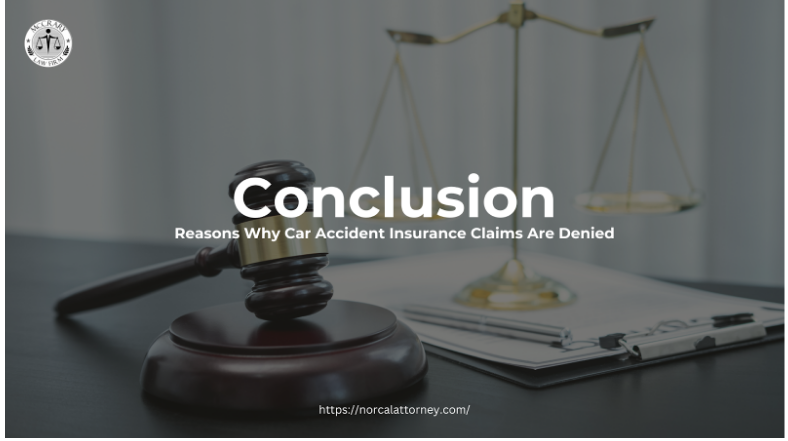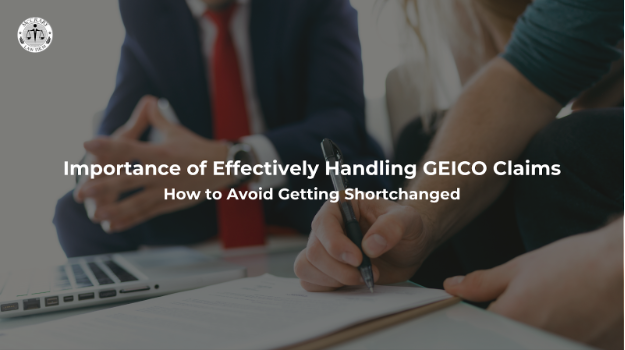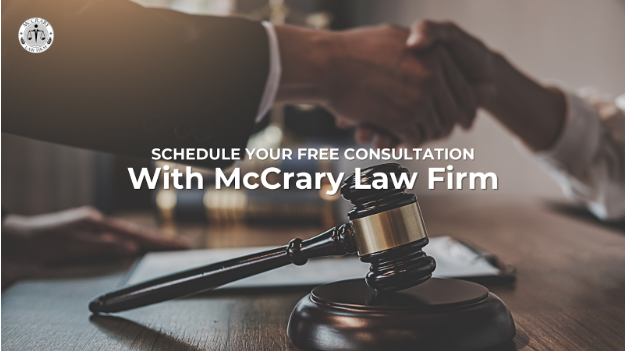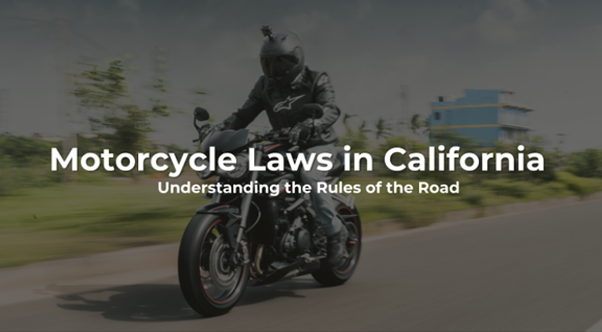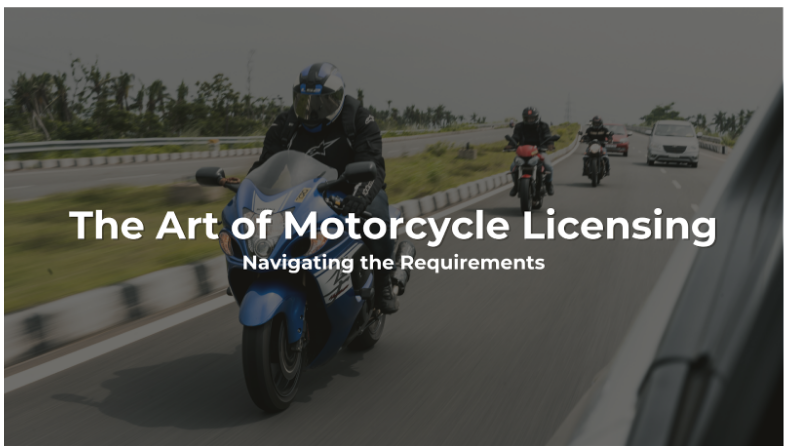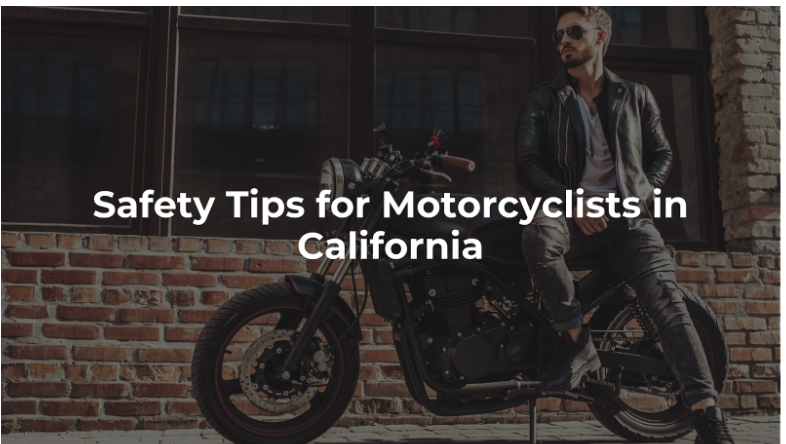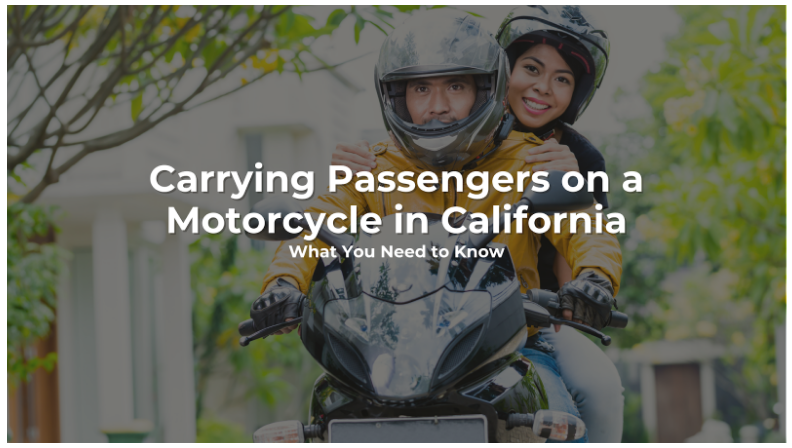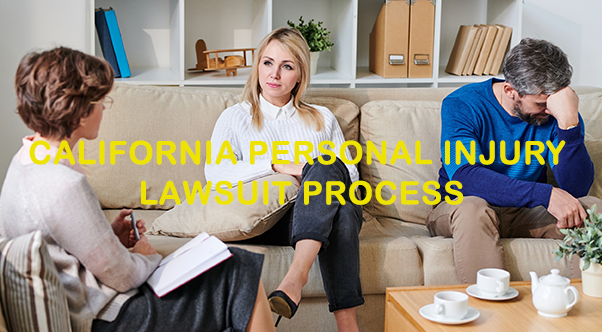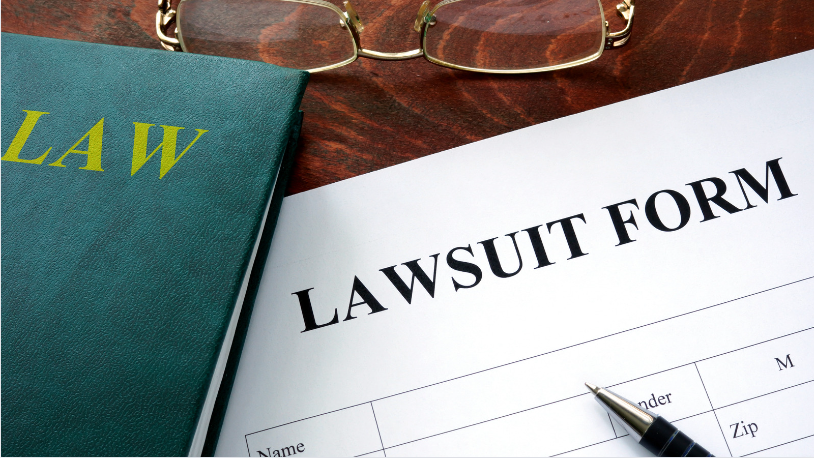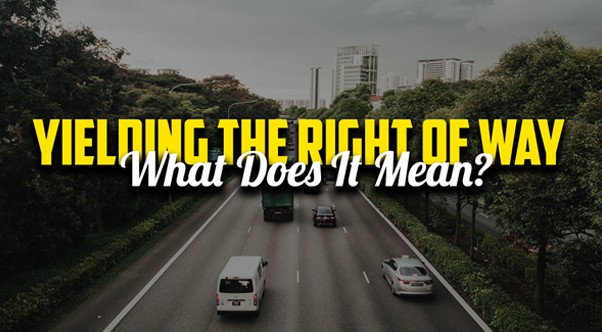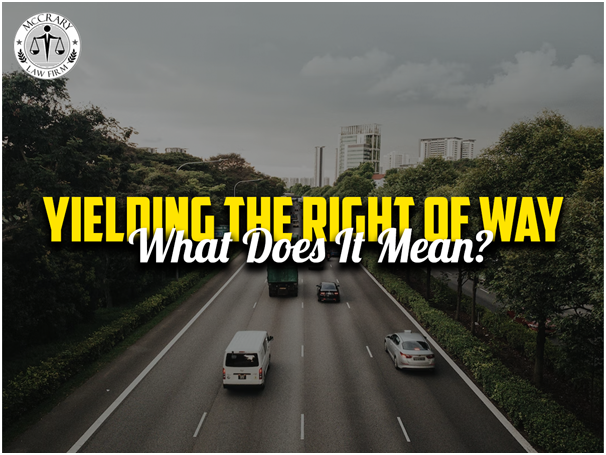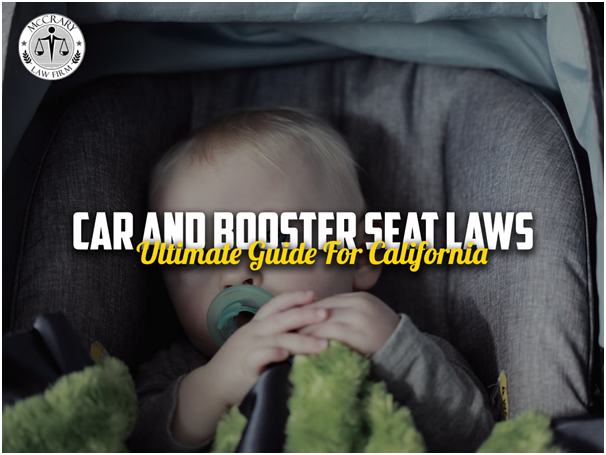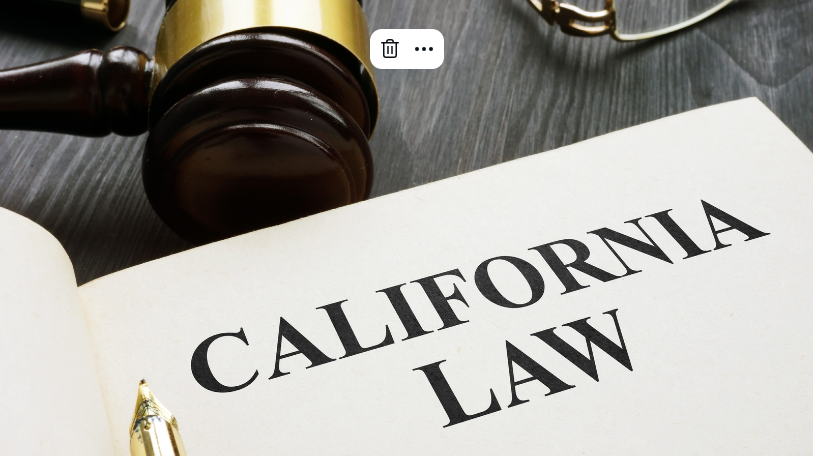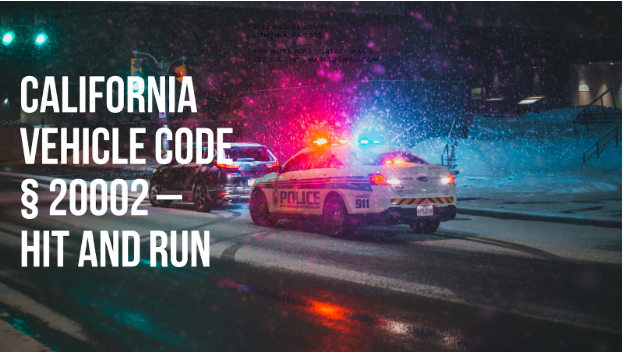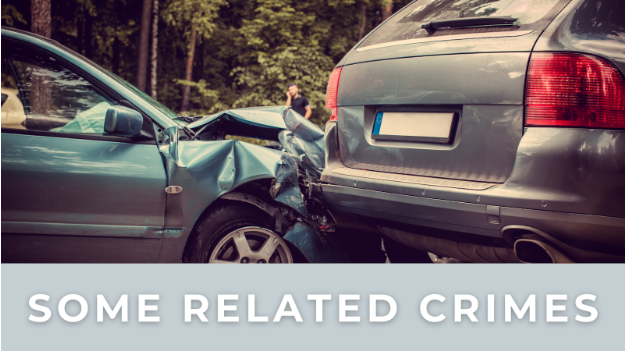Can I Be Found Liable If My Car Is Rear-Ended in a Crash?
Can I Be Found Liable If My Car Is Rear-Ended In A Crash?
By Dan McCrary | March 21, 2023
The Truth About Rear-End Collisions in California: What You Need to Know
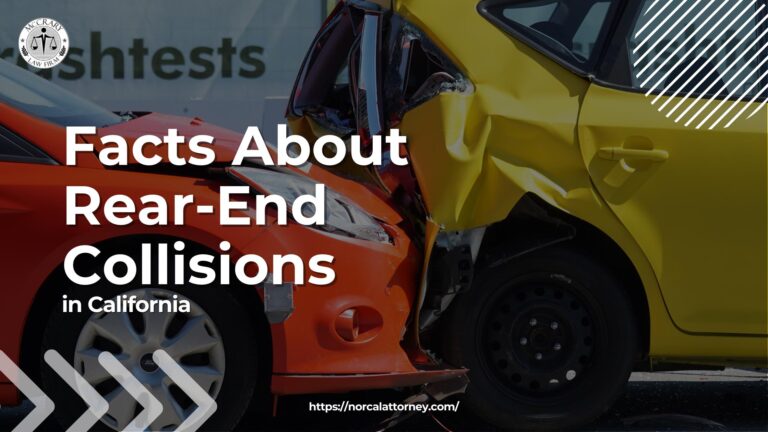
You're cruising down the highway, enjoying the breeze from your car windows and the warmth of the sun on your skin. You're singing along to your favorite tune at the top of your voice when suddenly, there's a loud bang from behind. Your car jolts forward, and you feel a sharp pain in your neck. You've just been hit from behind.
It's a situation no one wants to find themselves in, but unfortunately, it's all too common on California roads. Rear-end collisions can happen to anyone at any time and can cause serious injuries and damage. That's why it's crucial to understand the facts about rear-end collisions and how they can impact you.
So what exactly is a rear-end collision? It's when a vehicle hits another vehicle from behind, causing damage and potential injury. While they may seem minor, rear-end collisions can have serious consequences, from whiplash and spinal injuries to totaled cars and lost wages.
That's why it's essential to understand the importance of safe driving and the impact that rear-end collisions can have on your life. By avoiding distracted driving and leaving enough space between cars, you can help prevent these accidents from happening in the first place.
Don't let a rear-end collision take you by surprise. Take the time to understand the facts about these accidents and how to avoid them. Stay safe on the roads and enjoy your drive, knowing you're taking the necessary steps to protect yourself and your loved ones.
Have a question?
We’re here to help 24/7.
Call or Text Us Now (855) 752-6326
Table Of Contents
1. Can You Be Held Liable If Your Car Is Rear-Ended?
2. Facts About Rear-End Collisions in California
3. Why Is the Rear Driver Usually Liable for a Rear-End Car Accident?
4. Exceptions to Rear Driver Liability
5. Am I Liable If I'm Rear Ended And Pushed Into Another Vehicle?
6. Comparative Fault in California Rear-End Car Accidents
7. Who Is at Fault in a Three-Car Accident?
8. What is the Main California Law on Rear-End Car Accidents?
9. Involved In A Rear End Accident? Call McCrary Accident Injury Law Firm
Can You Be Held Liable If Your Car Is Rear-Ended?
Picture yourself sitting at a red light, patiently waiting for it to turn green. All of a sudden, you're jolted forward as your car is pushed from behind. You've just been involved in a rear-end collision. While it may seem like the driver who hit you is automatically to blame, determining fault can be more intricate than that.
In California, the rule is that the driver who rear-ends another vehicle is responsible for the accident. However, there are exceptions to this rule. For example, if the car in front has malfunctioning brake lights and the driver fails to use hand signals, they could be found partially at fault for the accident.
But what about the driver who was rear-ended? Can they be held liable for the accident? The answer is yes, in some cases. If the driver was negligent or recklessly, they could be found partially at fault for the accident. For example, if the driver suddenly slams on the brakes for no reason, causing the car behind to rear-end them, they could be found partially at fault.
It's important to note that even if the rear-ended driver is found partially at fault, they can still recover damages from the other driver. California operates under a comparative fault system, which means that each driver is assigned a percentage of fault for the accident. The damages are then adjusted based on the percentage of fault assigned to each driver.

In conclusion, don't assume fault in a rear-end collision. It's important to know your rights and understand the nuances of liability in these types of accidents. If you've been in a rear-end collision, contacting an experienced attorney is important to help you navigate the legal process and get the compensation you deserve.
Facts About Rear-End Collisions in California
Are you aware of the shocking facts about rear-end collisions in California? These accidents are too common on our roads and highways, and their impact can be devastating.
What factors contribute to these types of accidents? One major cause is distracted driving. Distractions can lead to devastating consequences, whether it's texting behind the wheel, eating while driving, or just not paying attention to the road. In addition, following too closely or tailgating is another leading cause of rear-end collisions. By leaving insufficient space between vehicles, drivers put themselves and others at risk of a collision.
The injuries and damages associated with rear-end collisions are no laughing matter. Even if a collision initially seems minor, it can lead to whiplash, concussion, and other serious injuries. And the financial costs of repairing a vehicle or seeking medical treatment can add up quickly.
Why Is the Rear Driver Usually Liable for a Rear-End Car Accident?
Have you ever suddenly found yourself inches away from the car in front of you? Maybe you were distracted by your phone or just not paying attention. Therefore, not leaving a safe distance between vehicles can have serious consequences.
In California, leaving a safe distance between vehicles is not just a suggestion, and it's the law.
When you're behind the next car, you are responsible for driving safely and avoiding accidents. But what happens if you don't? What if you're the driver who rear-ends another vehicle?
The legal answer is that you're usually liable for the accident. That's because a legal presumption of negligence applies in rear-end collisions. In other words, if you rear-end another vehicle, the law assumes that you were negligent and at fault for the accident.
This presumption of negligence is based on the idea that the driver in the back has a greater duty to avoid collisions. After all, you have a clear view of the road ahead and should be able to see if the car in front of you is slowing down or stopping. If you rear-end another vehicle, it's generally assumed that you didn't leave a safe distance between vehicles, weren't paying attention, or were otherwise careless.
But what if there were extenuating circumstances? What if the car in front of you suddenly swerved into your lane or slammed on its brakes for no reason? In some cases, there may be defenses to rear driver liability. For example, if the other driver was driving recklessly or was under the influence of drugs or alcohol, they may share some of the faults for the accident.
Ultimately, it's important to remember that driving is a privilege, not a right. When you get behind the wheel, you're not just responsible for your own safety but for the safety of everyone else on the road. By leaving a safe distance between vehicles, you can help prevent accidents and protect yourself and others from harm.
Exceptions to Rear Driver Liability
What about those situations where the lead driver may be at fault?
In certain situations, the lead driver may be responsible for a rear-end collision. For example, if the lead driver stops suddenly and remains stopped, drives in reverse, fails to use their hazards to communicate with other drivers, or is distracted and fails to move through an intersection after a traffic light turns green, they could be considered negligent.
However, this doesn't mean the lead driver is always at fault. These factors could transfer some or all of the fault for an accident to the lead driver. The legal system requires a full and thorough investigation to determine fault. All factors, including the negligence of everyone involved, must be considered.
Other exceptions to rear driver liability exist, such as the sudden emergency doctrine and comparative fault. The sudden emergency doctrine applies when a driver faces a sudden and unexpected emergency, such as a pedestrian walking into the road. In this situation, the rear driver may not be found liable.
Comparative fault, on the other hand, applies when both drivers are found to be at fault. In this case, the court will assign a percentage of fault to each driver, and damages will be awarded accordingly.
While the rear driver is generally liable in a rear-end crash, it's important to understand the exceptions to this rule. If you're involved in an accident, seeking legal advice from a trusted attorney is essential. They can help determine who is at fault and ensure you receive fair compensation for any damages or injuries you may have suffered.

Personal Injury
Car Accident
Dog Bite
Motorcycle Accident
Truck Accident
Uber or Lyft
Wrongful Death
Latest News
Archives
Am I Liable If I'm Rear Ended And Pushed Into Another Vehicle?
The truth is, there's no easy answer. In most cases, the rear driver is considered at fault for a rear-end collision. That means that if you're the one who rear-ended the car in front of you, you'll likely be held liable for any damage or injuries that result from the accident. But what about situations where you were pushed into the car in front of you by the car behind you?
If you're in a rear-ended vehicle, the other driver is typically the one who is responsible for the accident. They had a duty to maintain a safe distance and drive carefully; if they failed, they could be held liable for the damage they caused.
But what if you're the middle car in a three-car pileup? In this scenario, the driver who rear-ended you is still at fault for the accident. They set off the chain reaction that led to the collision and are responsible for any damage or injuries.
Finally, what if you're the front car in a rear-end collision? In this situation, the driver who rear-ended you is almost always at fault. They had a responsibility to drive at a safe distance and avoid colliding with your vehicle. Of course, there are some exceptions to this rule. For example, if you suddenly slam on your brakes for no reason, you could be held partially responsible for the accident.
So, what can you do if you're involved in a rear-end collision? The best thing you can do is to stay calm and exchange information with the other drivers involved. If you're injured, seek medical attention right away. And if you're unsure about who is at fault, don't hesitate to contact an experienced personal injury attorney. They can help you understand your legal rights and fight for the compensation you deserve. Remember, you don't have to face this alone.
Comparative Fault in California Rear-End Car Accidents
Let's talk about comparative fault. In California, comparative fault means that each person involved in an accident is assigned a percentage of fault based on their actions leading up to the crash. Even if you're partially at fault, you can still recover compensation from others who are also at fault.
In a rear-end collision, comparative fault applies to both the rear and lead drivers. The rear driver is typically responsible for the accident, but exceptions exist. If the lead driver was negligent in some way, they might also share fault for the crash. For example, if the lead driver suddenly stops for no reason and doesn't have working brake lights, they could be held partially responsible.

Who Is at Fault in a Three-Car Accident?
Have you ever been in a three-car accident and wondered who was at fault? It's a tricky situation, but don't worry; we've got you covered.
First, let's define what a three-car accident is. This type of accident occurs when three vehicles collide with each other, usually in a chain reaction. The car in the middle is typically the one that bears the brunt of the impact and is the one that sustains the most damage.
Now, let's talk about determining fault in a three-car accident. It's not as simple as just looking at the car in the back and assuming they're at fault. It's entirely possible for the car in the front to be responsible for the collision. It all comes down to the specific circumstances of the accident and who acted negligently.
Imagine driving down the highway, and the car in front of you slams on its brakes. You manage to stop in time, but the car behind you isn't paying attention and crashes into you. As a result, your car gets pushed forward and hits the car in front of you. In this scenario, the car in front of you could be found at fault for suddenly braking without warning.
Lastly, let's discuss liability and damages in a three-car accident. In most cases, the driver who is found at fault is responsible for covering the damages to the other vehicles involved. However, if multiple parties share responsibility, then liability can be divided between them.
In conclusion, a three-car accident is a complex situation that requires careful analysis to determine fault and liability. But by understanding the specific circumstances of the accident, we can better determine who is responsible for covering the damages.
What is the Main California Law on Rear-End Car Accidents?
In California, the main law that deals with rear-end car accidents is section 21703 VC of the California Vehicle Code. This law penalizes drivers who do not follow other vehicles at a safe distance, which is also known as tailgating and is the most common cause of rear-end collisions. The law does not specify how close is too close, but it forbids following another vehicle "more closely than is reasonable and prudent." A reasonable and prudent following distance depends on various factors, including the speed of the vehicles, road and weather conditions, and stopping distances.
Violation of California Vehicle Code section 21703, which prohibits drivers from following another vehicle too closely, is a traffic offense in California. The penalty for this violation is a fine, the amount of which can vary depending on the specific circumstances of the offense. However, there is no specific fine amount stated in the law itself.
In addition to the fine, a violation of section 21703 will result in one point being added to the driver's record with the California Department of Motor Vehicles (DMV). Points added to a driver's DMV record may be reported to the driver's auto insurer and could potentially result in an increase in insurance rates that lasts for several years.
The importance of following safe driving practices, such as leaving a safe following distance, cannot be overstated. Drivers who tailgate not only put themselves at risk of getting a ticket and incurring fines and penalties but also endanger themselves and others on the road. Therefore, it is crucial for drivers to always maintain a safe following distance to prevent rear-end collisions and stay safe on the road.
Involved in a Rear End Accident? Call McCrary Accident Injury Law Firm
Picture this: you're driving down the road, minding your own business, and then suddenly, BAM! You're hit from behind by another driver. It's a scary situation and one that can leave you feeling confused and overwhelmed. What should you do next? Who can you turn to for help?
The answer is simple: call McCrary Accident Injury Law Firm. When it comes to rear-end collisions, having the right legal representation on your side can make all the difference. With years of experience and a proven track record of success, McCrary Accident Injury Law Firm has the knowledge and expertise you need to get the compensation you deserve.
From the moment you call, you'll be treated with the respect and compassion you deserve. The team at McCrary Accident Injury Law Firm understands just how stressful and painful an accident can be, and they'll work tirelessly to ensure that your rights are protected, and your needs are met.

So what exactly can you expect when you work with McCrary Accident Injury Law Firm? For starters, you'll get a free consultation with one of out experienced attorneys. We will take the time to listen to your story, understand the details of your case, and help you determine the best course of action moving forward.
From there, We’ll provide you with a range of services, including negotiating with insurance companies, gathering evidence and witness testimony, and representing you in court if necessary. We will be your advocates every step of the way, fighting to ensure that you get the compensation you need to cover your medical bills, lost wages, and other damages.
At McCrary Accident Injury Law Firm, we're here to help you through the aftermath of a rear-end collision. If you've been involved in such an accident, don't hesitate to reach out to us at (855) 752-6326 for a free consultation. Our team is available 24/7 to assist you in seeking the compensation you deserve. Take action now and contact us today to get started.
Conclusion
Rear-end collisions are common and can result in serious injuries and property damage. In California, the driver who rear-ends another vehicle is typically found at fault, although there may be exceptions depending on the circumstances. It is important for all drivers to leave a safe distance between vehicles and remain attentive to their surroundings to prevent accidents.
Key takeaways for drivers include understanding their legal responsibilities in the event of a rear-end collision, seeking legal representation if necessary, and being mindful of safe driving practices. This includes avoiding distractions such as texting while driving, obeying traffic laws, and driving defensively.
Ultimately, the most important aspect of safe driving is to stay alert and focused while on the road. By taking responsibility for their actions and being proactive in preventing accidents, drivers can help to ensure the safety of themselves and others on the road.
FREE CONSULTATION 24/7, NO FEES UNTIL WE WIN .
Call or Text Us Now (855) 752-6326






